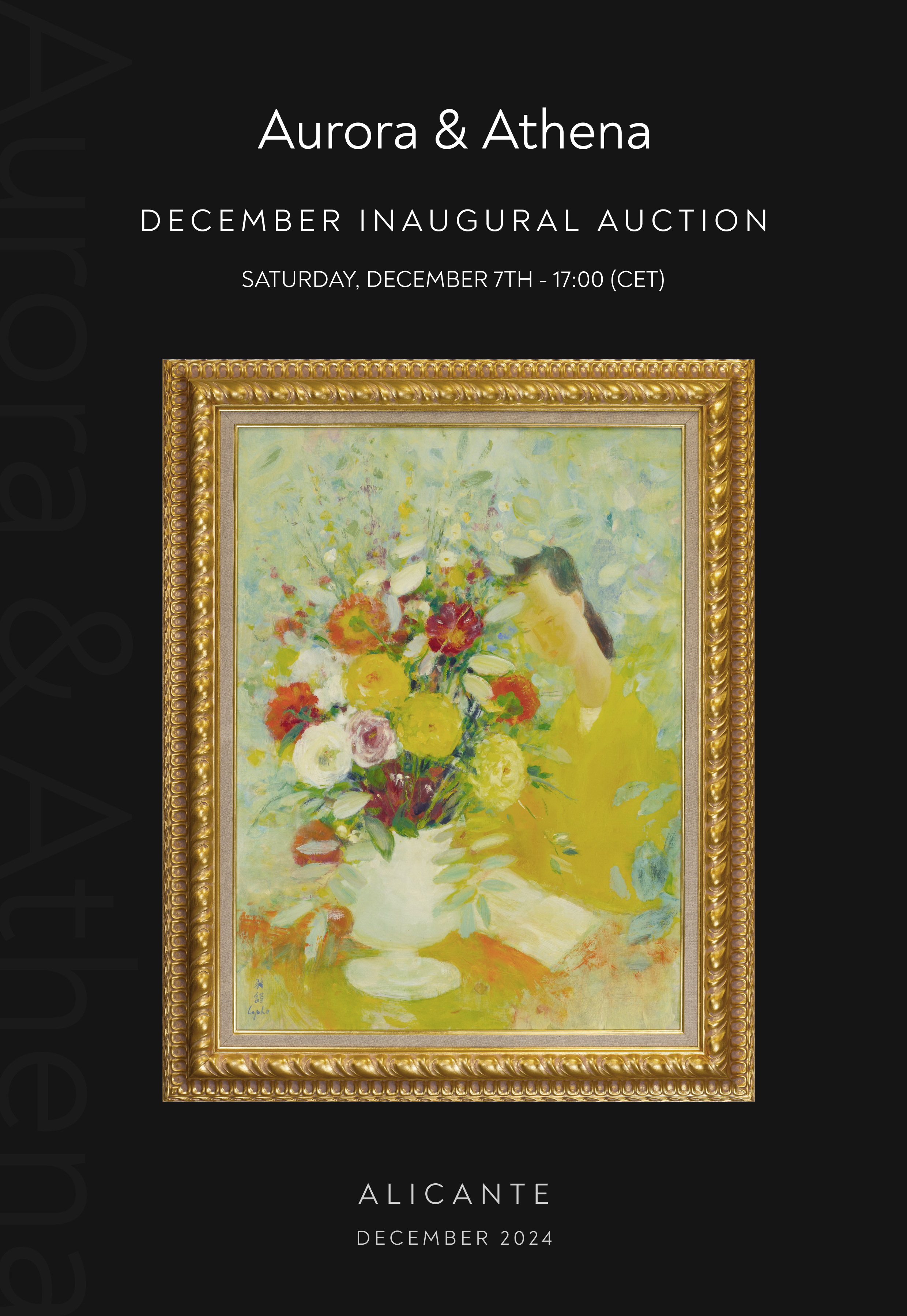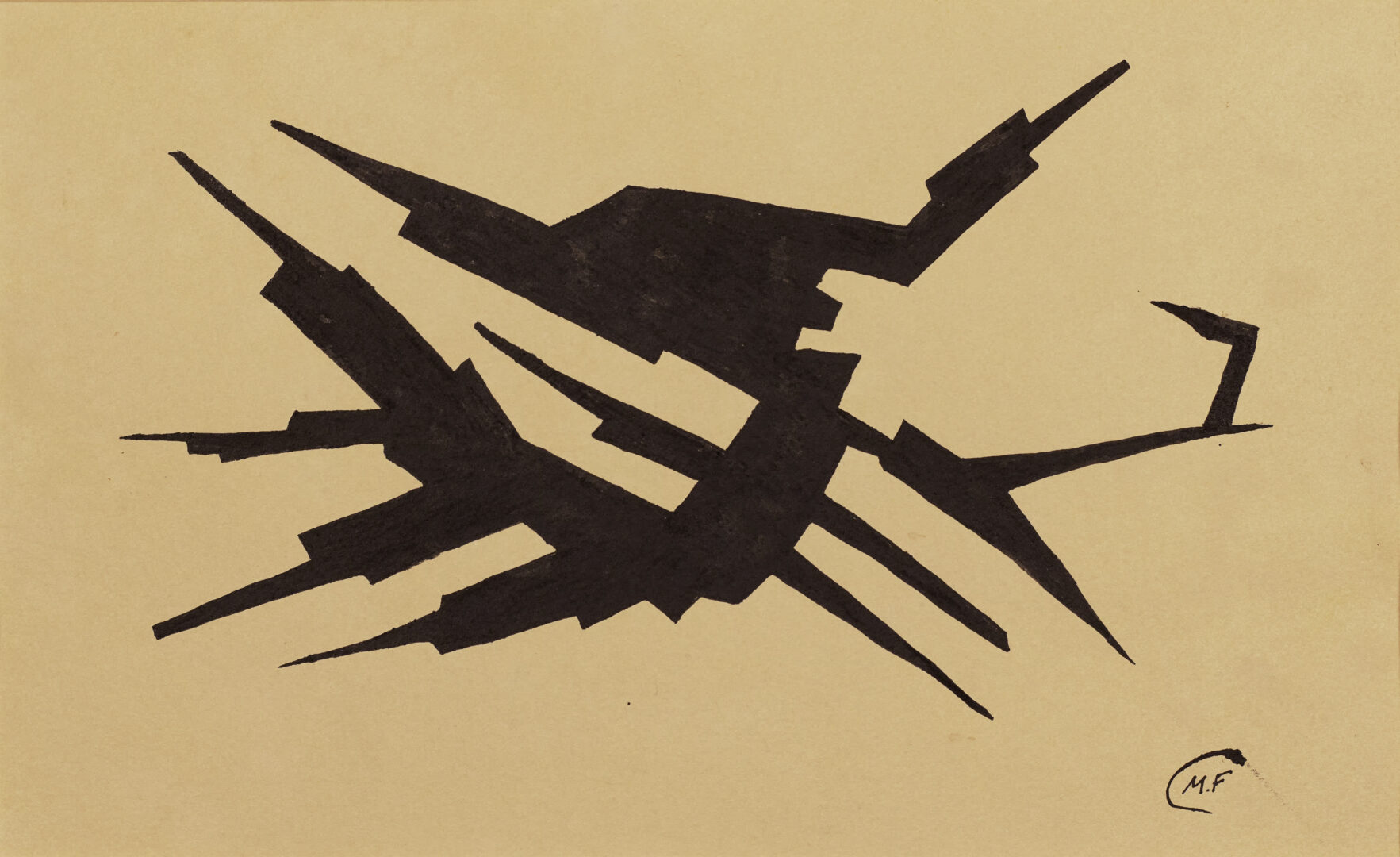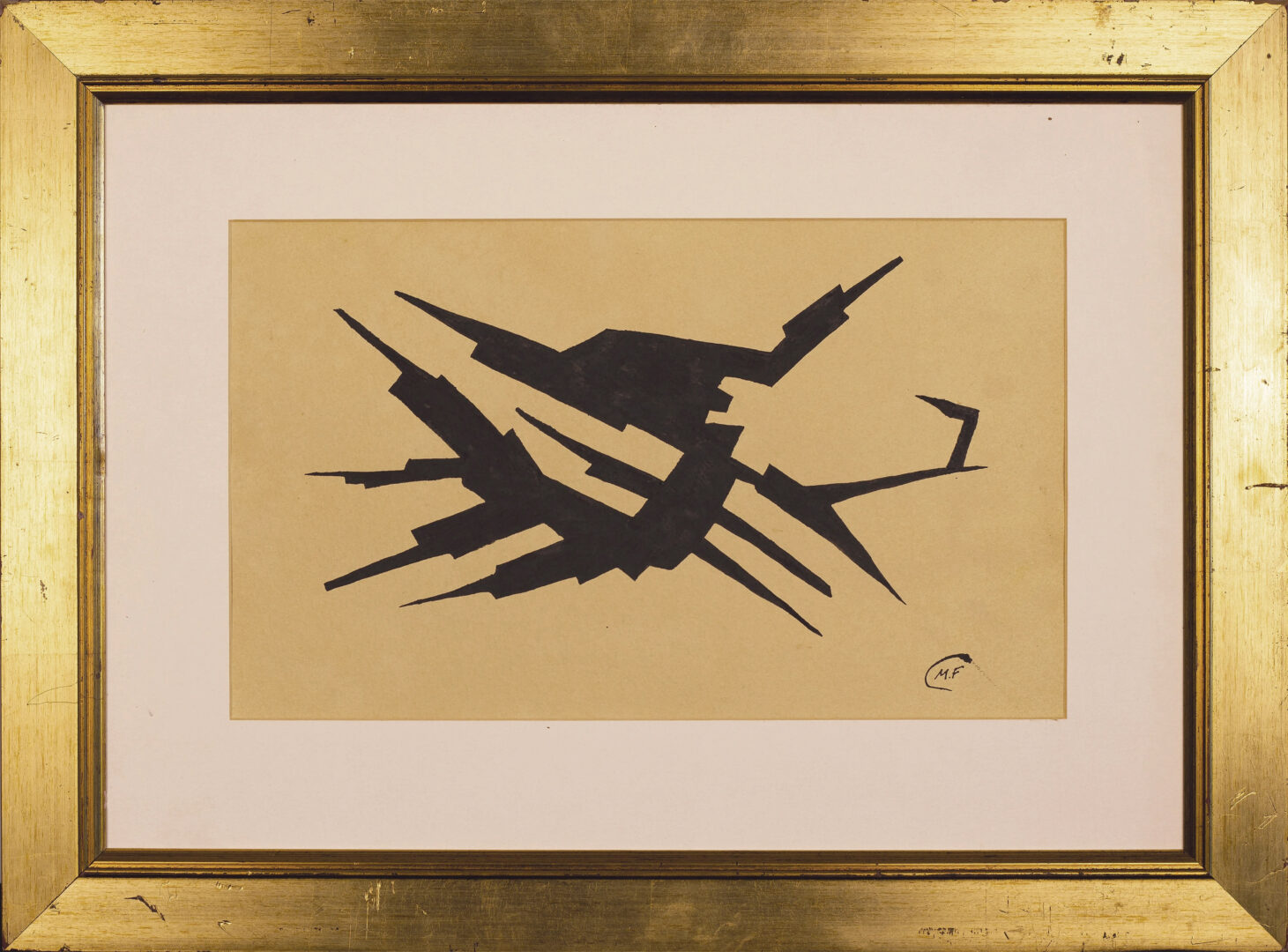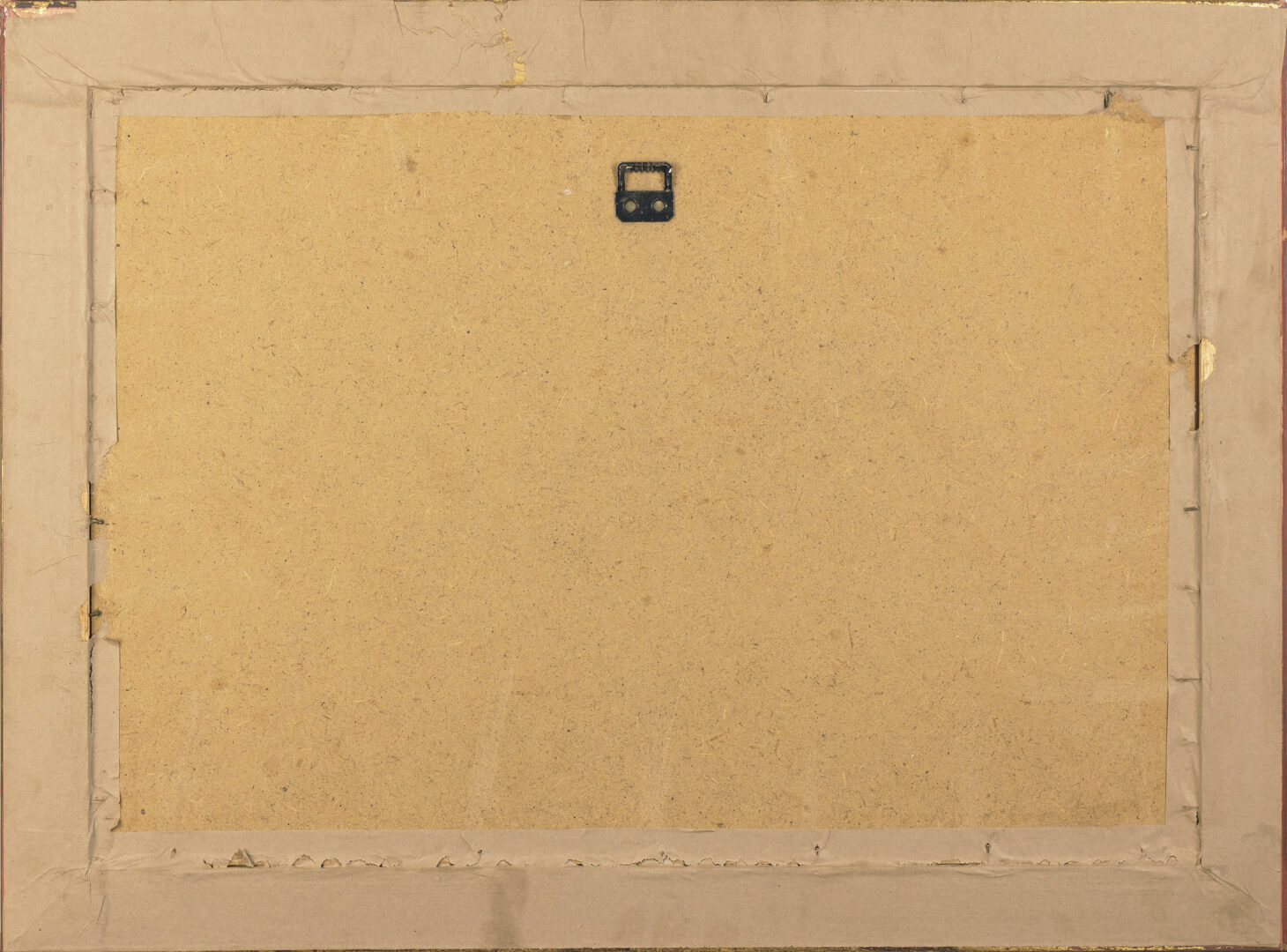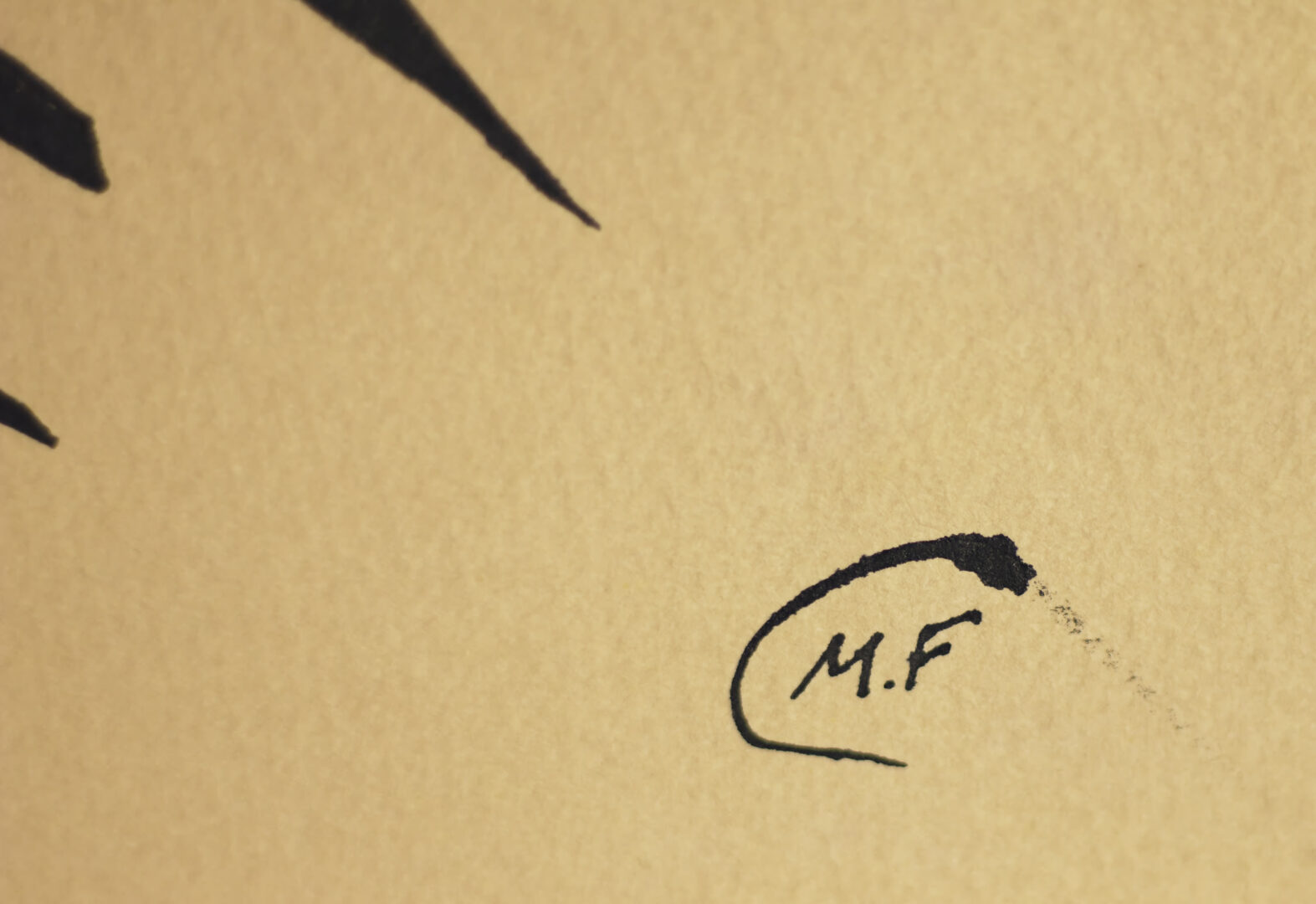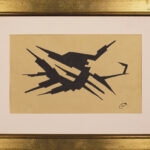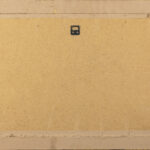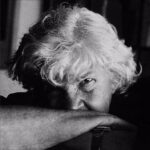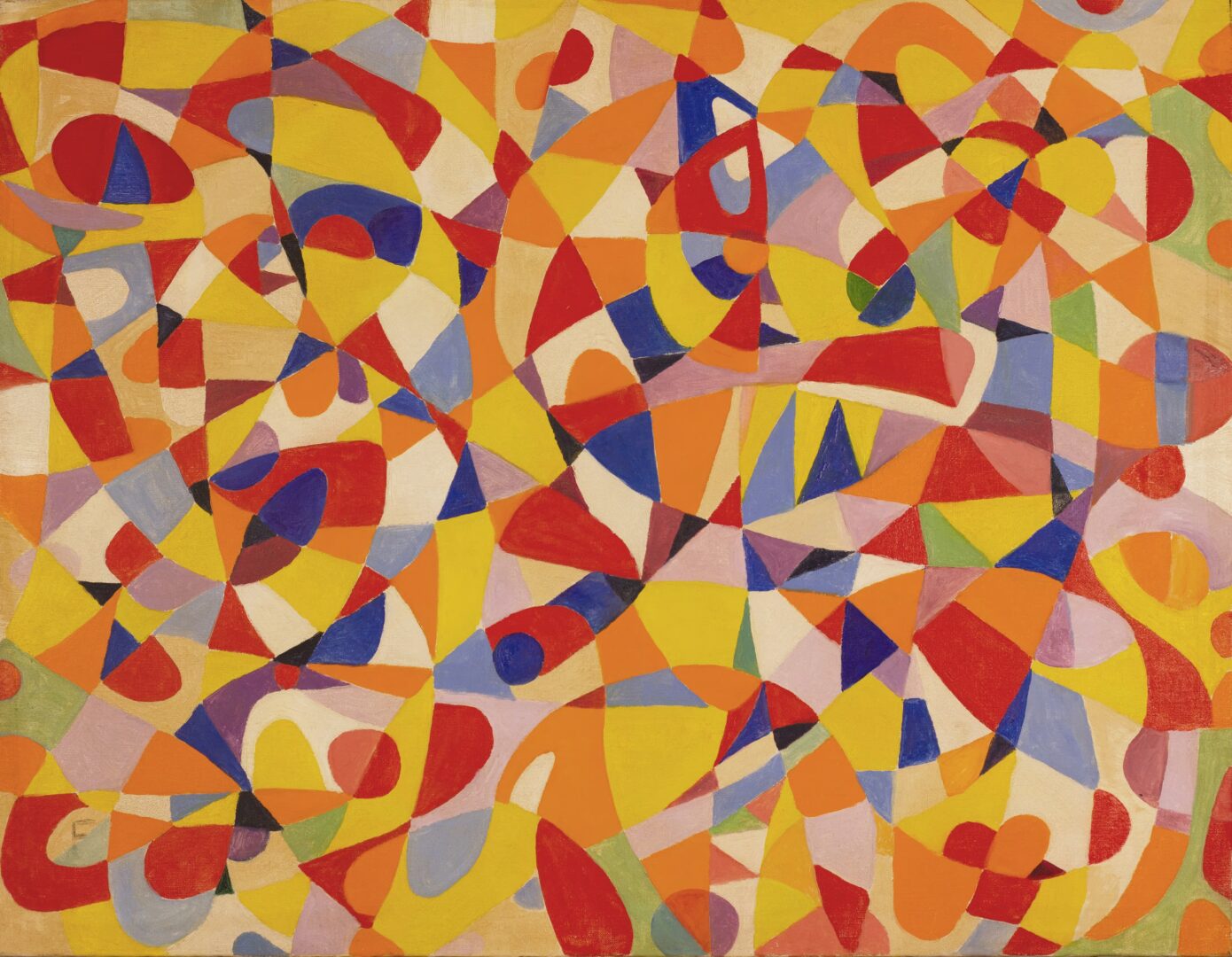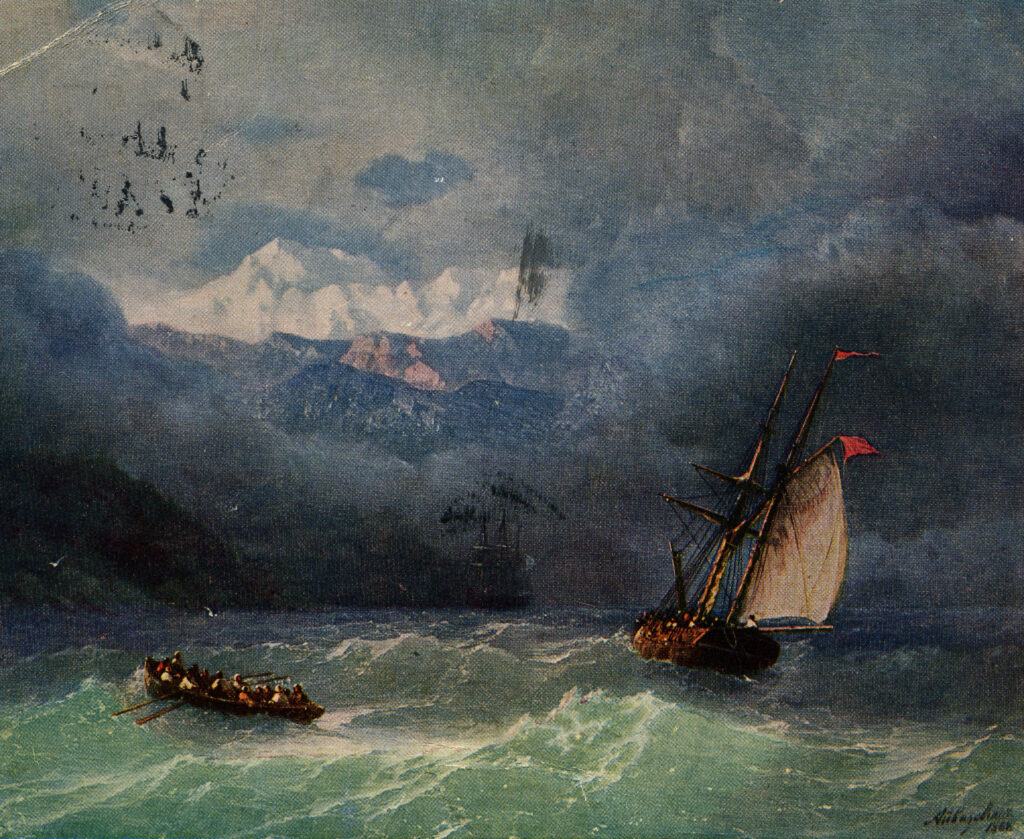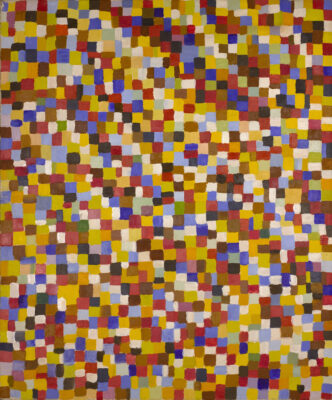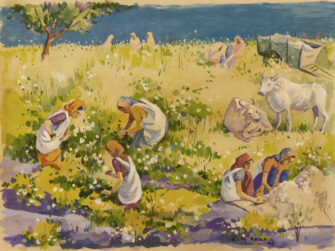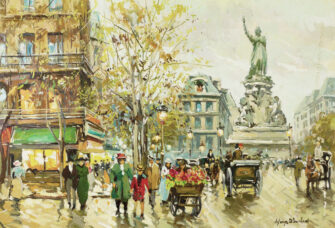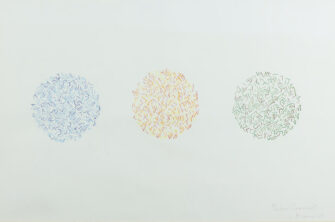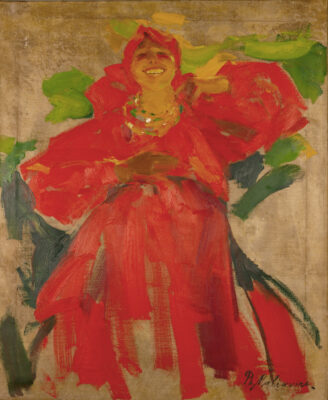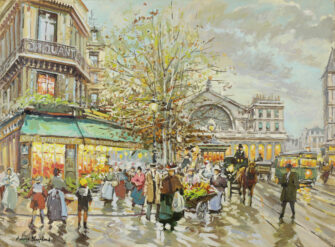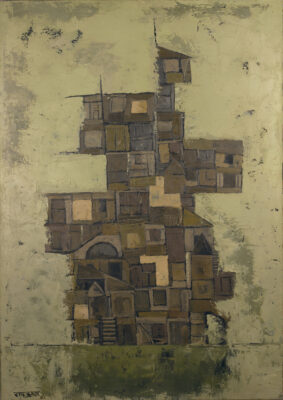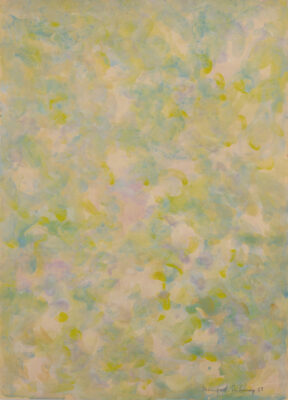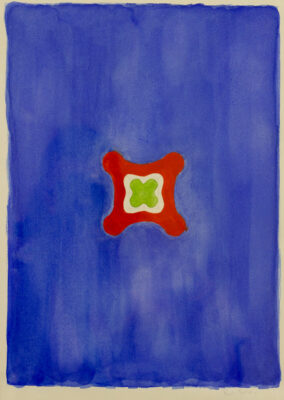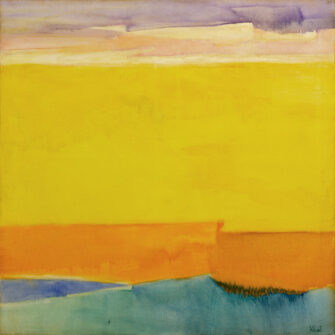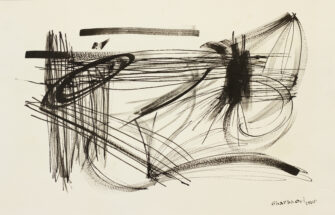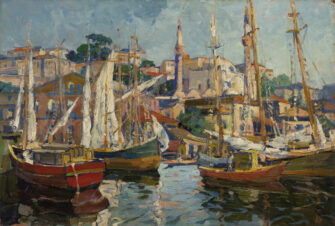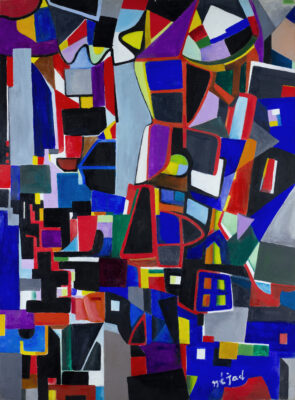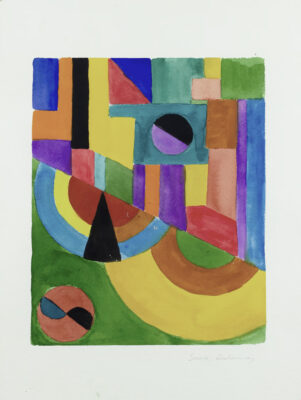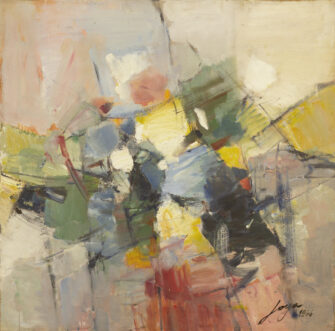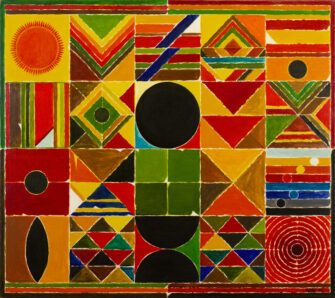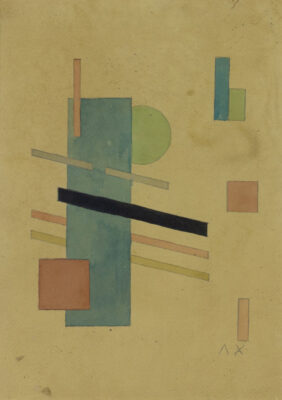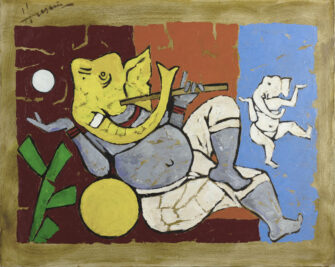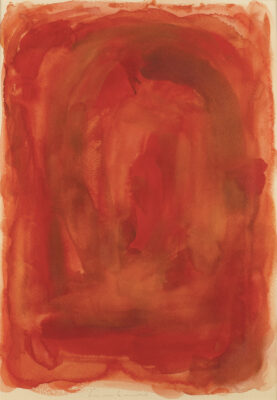Maria Freire, born in Montevideo, Uruguay in 1917, was a pivotal figure in Latin American modernist abstraction. She studied at the Círculo de Bellas Artes and later at the National School of Fine Arts, where she embraced sculpture and painting under the influence of Uruguay’s avant-garde movement. Freire’s early work explored geometric abstraction and constructivism, taking cues from her contemporaries Joaquín Torres-García and her husband, artist José Pedro Costigliolo. Over time, her art evolved into a unique, vibrant language of organic forms and rhythmic patterns that expressed her deep connection to the dynamism of nature.
A critical turning point in Freire’s career was her shift to purely abstract compositions, marked by interlocking shapes and bold color contrasts. Her work sought to explore harmony and balance within the canvas, often inspired by the shifting landscapes and rich cultural narratives of South America. Freire’s contributions to Latin American abstraction have been celebrated in exhibitions across Uruguay, Argentina, Brazil, and Europe, cementing her place as one of the region’s most influential modernists. Her legacy is defined by her pioneering spirit and dedication to a style that transformed regional and global perceptions of Latin American art.
